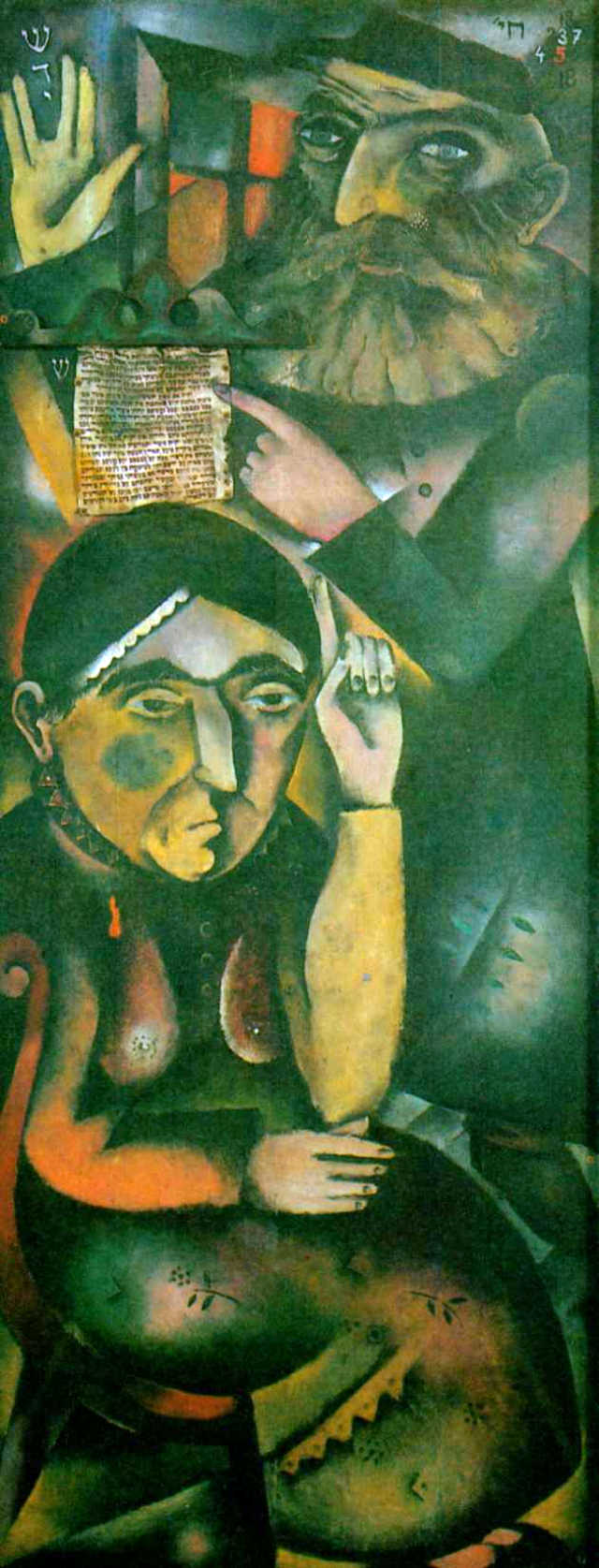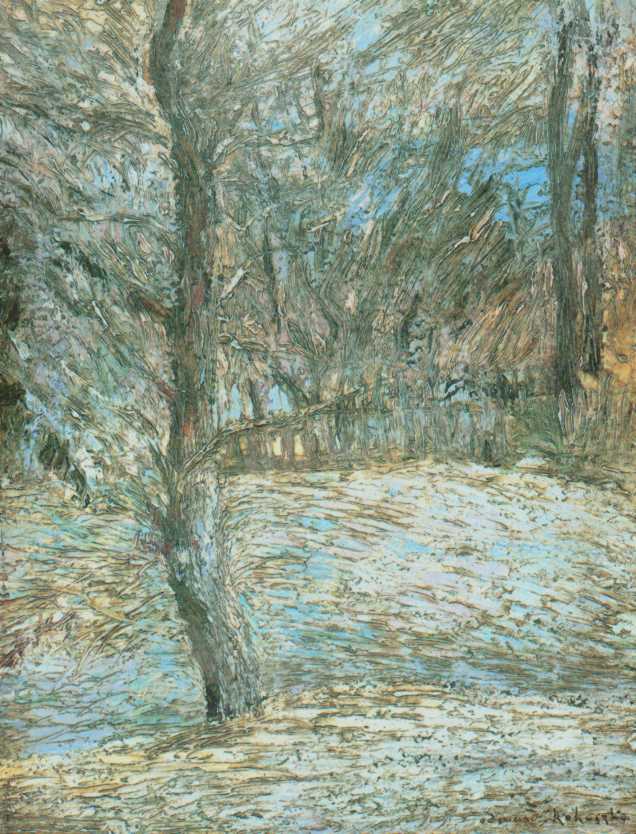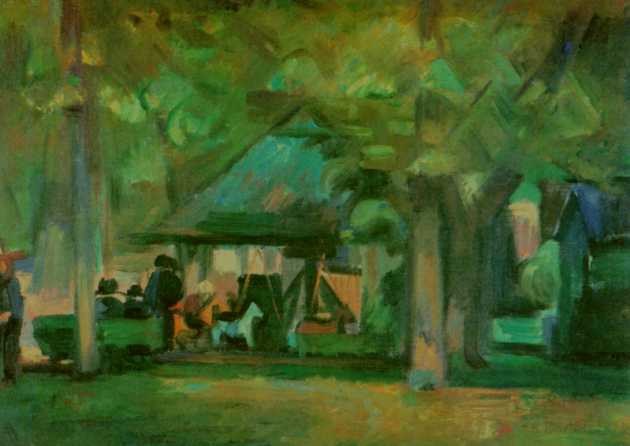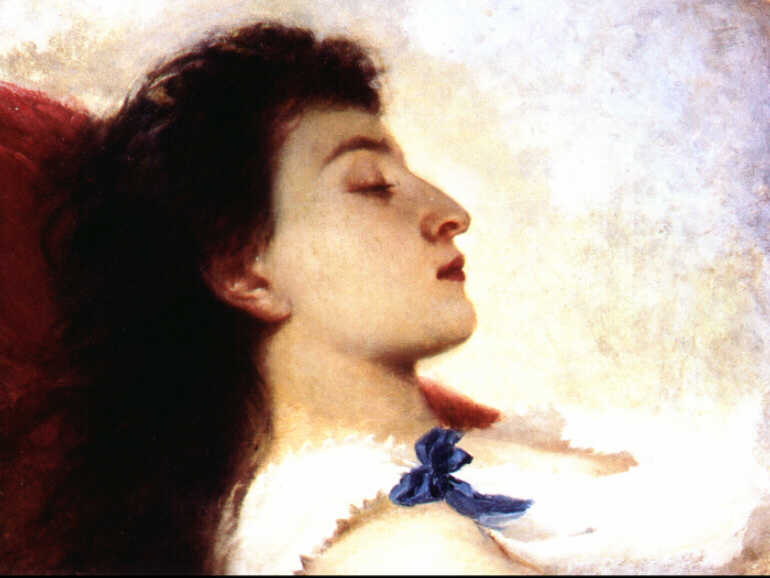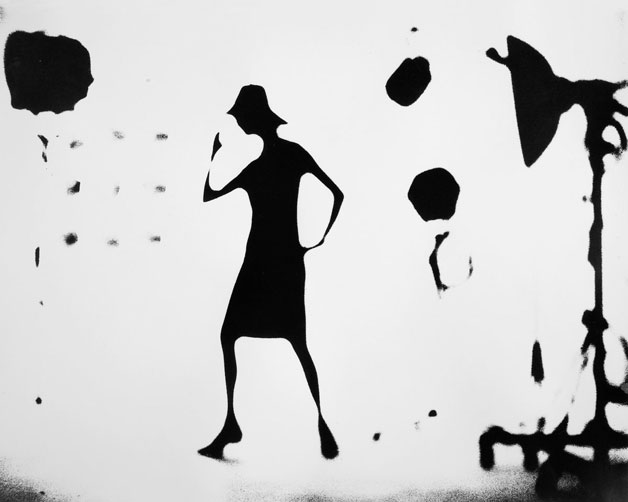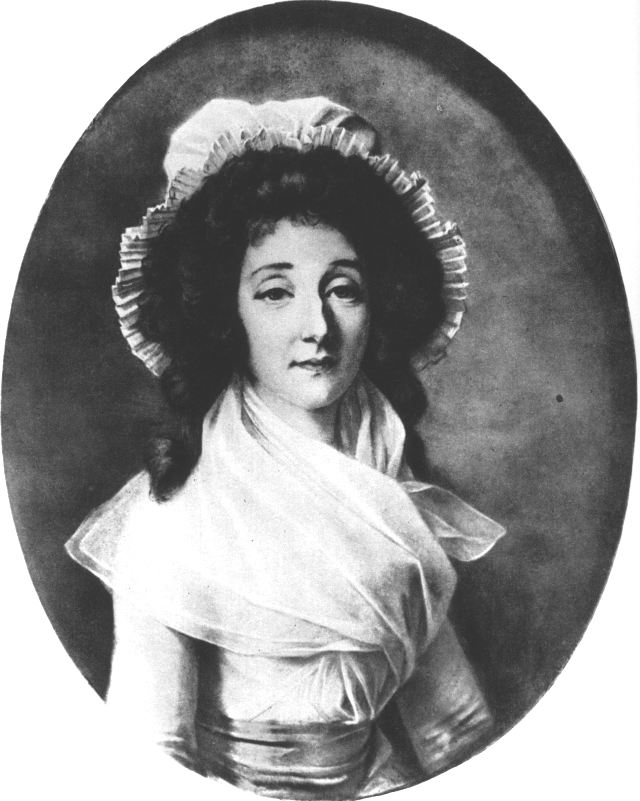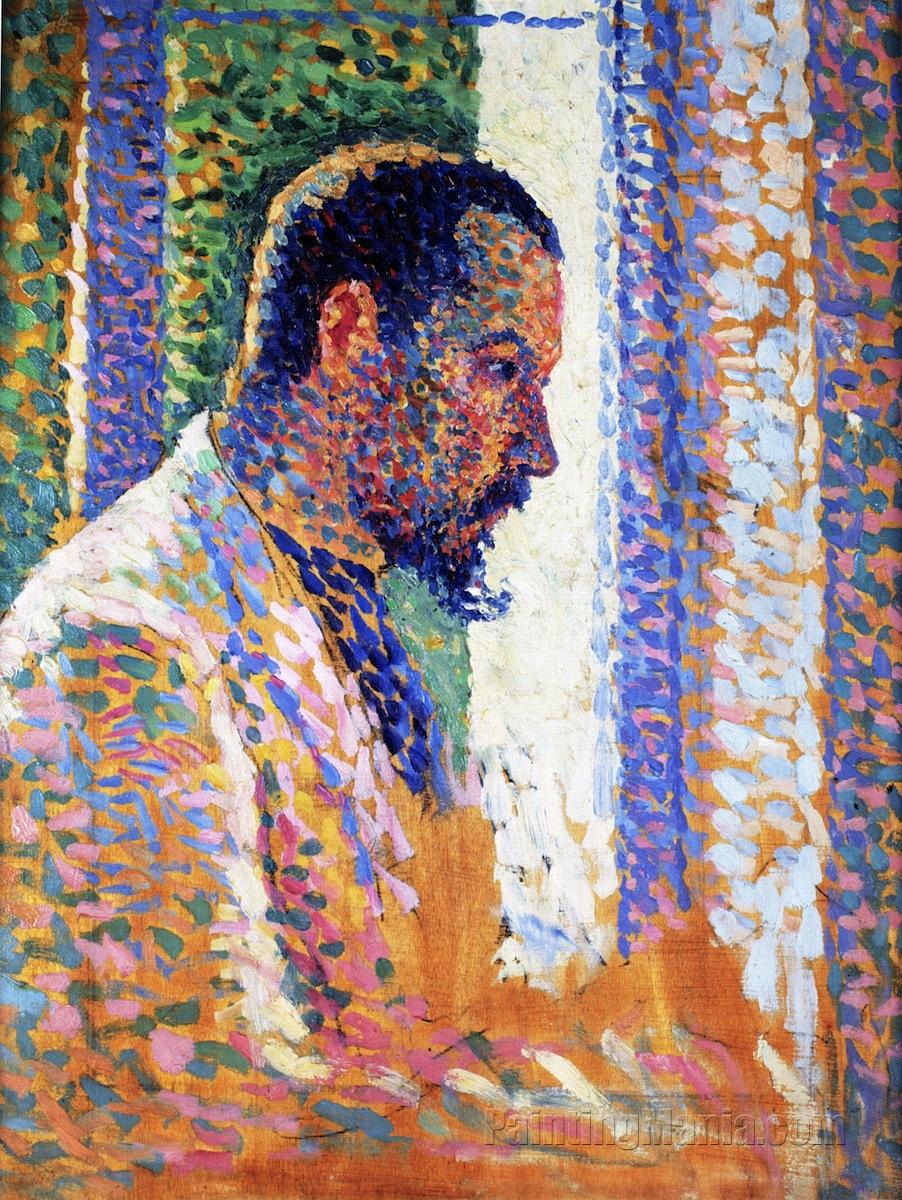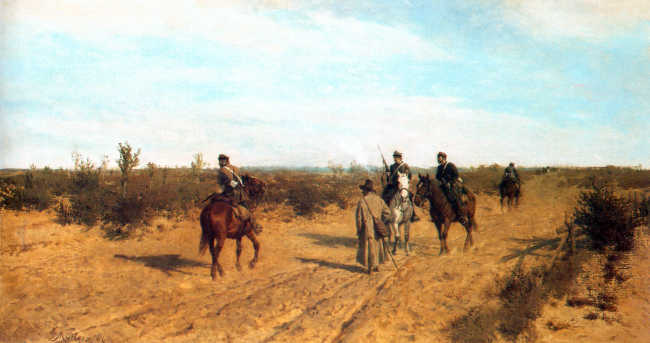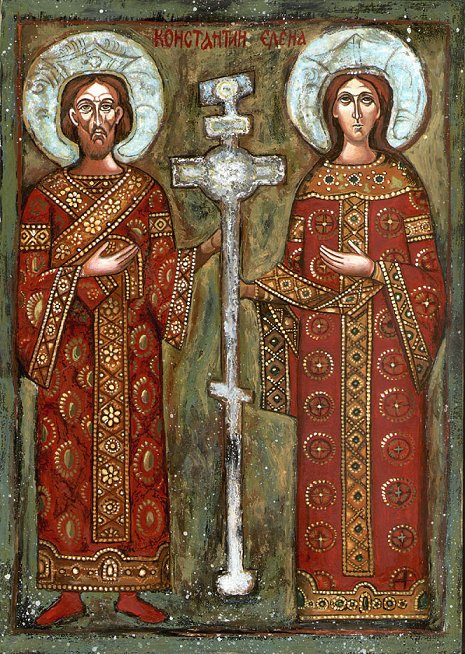Painting – Realism and Naturalism.
Realism – sharp style in European painting of the second half of the 19th century; started in France, it was quickly picked up across the continent. Realistic paintings are mainly genre scenes from the life of simple people, painted with simplified means of expression, with a calm palette and composition.
Uprising and program.
The most important figure of realism was the Frenchman Gustave Courbet. After the French Revolution in 1848 year, as more and more painters turned away from Romanticism and Academism, assumed informal leadership of a group of these artists. He also used the term for the first time “realism” in relation to his contemporary artistic current. The root of this concept reveals the most important postulates of the trend:
– departure from the romantic inspiration of the imagination,
– resignation from the academic idealization of the painting theme.
Instead, they proposed:
– presenting the unfeigned reality available to the average person (no goddesses and angels!),
– emphasis on the lives of ordinary people, their problems, work and cares (some painters were close to the program of the socialists),
– simplification of the composition of the canvas, giving up ornaments, exaggeratedly vivid colors and radiant lighting.
Nothing represents the Realist agenda better than Courbet's belligerent words: “Show me an angel, i will paint it!” (let's compare it, for example. with Cabanel's academic paintings, where ruddy cherubs are a frequent element).
Representatives.
France:
For each of the great creators of French realism, this direction resulted in a specific way.
Jean-Francois Millet is perhaps the most suitable for the ideal of a realist painter. His art invariably revolves around the difficult life of peasants and their symbiosis with nature. Millet himself came from a Norman peasant family and put a lot of personal emotion into his miniatures. His most famous painting is Women Gathering Ears from 1857 year.
The movement's chief ideologue, Gustave Courbet, mentioned earlier, went in a different direction. His initially selflessly devoted paintings (Funeral in Ornans – 1849-50, Sleeping spinner – 1853) slowly began to give way to provocative acts and various pretexts for a self-portrait.
The third is the great French realist, Honor Daumier, he was chiefly concerned with the city and its dark affairs. In the drawings, In the graphics and paintings of this artist, we can see slightly ironic portraits of drunks, children leaving school or lawyers. Subdued colors bring out the faces of ordinary people and those tired of everyday urban life from the darkness. The ironic side of Daumier's soul led him later on to satire and caricature.
Pierre Puvis de Chavannes and Camille Corot were also realists to a greater or lesser extent. The former tended rather towards disturbing symbolism, however, his Poor Politician can be considered an example of mature realism. Corot, on the other hand, showed a strong interest in simplicity and everyday life for a certain period of his life, somewhere between the spirit of English Romanticism and French realism (Fisherman of Mortefontaine – ok. 1865-1870 or Reading woman with 1870).
Outside France.
The spirit of realism evaporated quickly outside France. In Italy, he condensed. in the form of the so-called. Macchiaioli stylus; in Russia with Repin and other Peredvizhniks; in Spain he joined the costumbrismo trend, and in the Netherlands it can be found in the Hague School. In Scotland, on the other hand, a group of realists was active for some time at the end of the 19th century, referred to as “Glasgow Boys”.
All these trends are somehow related to French realism.
Macchiaioli is more of an independent art movement than a branch of realism, however, like this one, he protests against the idealism of the then academicism. The main point of disagreement is admittedly a technical one, however, macchiaioli painters are interested in this, what realists: daily, village, landscape.
The Peredvizhniki painted in an ideological spirit. They emphasized the Russian tradition, they directed the painter's eye towards the common people, portrayed peasants and workers, providing a solid foundation for later socialist realism. The name comes from the Russian Towariszczestwo peredwiżnych Chudożestvennych exhibitions, the Society of Traveling Exhibitions of Artists.
Costumbrismo means a painting trend in Spanish art that emphasizes the native tradition, derived from the experience of Romanticism, changed over the years though 50. 19th century in the French style. The most important costumbrismo artists were numerous painters from the Becquer family: Jose Dominguez, valerian, Gustavo Adolfo i inni.
The Hague School lies somewhere between Barbizon tradition and Impressionism. Proste formy (np. Children playing on Jozef Israels beach) instead, they refer to Jean Millet's techniques. The painters of the Hague School were mainly interested in landscapes and portraits.
“Glasgow Boys” is a group of Scottish painters gathered around Sir James Guthrie and William Macgregor – committed realists from Glasgow. The basic subject of painting for them was the countryside; efforts of people coexisting with nature, everyday activities of hard working peasants. They combined genre scenes with landscapes.
Poland.
Trend “peasant” realism is best represented by Józef Chełmoński and Aleksander Gierymski. There is a lot of Chełmoński “gentler” realist, and often abandons the dark side of life in favor of more carefree paintings with bright colors. Gierymski, on the other hand, portrays Polish workers and peasants, as well as the urban poor, with much greater ideological devotion.
Stylistic realists were, of course, representatives of historical painting, like for example. in the 19th century Jan Matejko and in the 20th century Stanisław Wocjan.
Summary.
Realism never gained much popularity, because they were quickly hailed as provocations by the opinion-forming circles of Paris (mainly due to the uncompromising and somewhat egocentric Gustave Courbet). Outside France, however, realism did not develop in any particularly interesting or distinctive way. Technically good realistic painting was quickly criticized for being bland and repetitive, and the world of painting was quickly engulfed by great artistic revolutions, the first of which was the emergence of Impressionism
Naturalizm (Fr. naturalism) – a method in literature and art aimed at the faithful, almost photographic imitation of nature, aimed at showing nature in the first phase of development. It was created in France in the second half of the 19th century. The main assumption of naturalism was the faithful imitation of reality based on accurate observation without unnecessary evaluation, comment, selection and interpretation. The dark side of life was often highlighted, an average and ugly subject or model was chosen. Artistic activity was limited to passive reproduction of phenomena.
